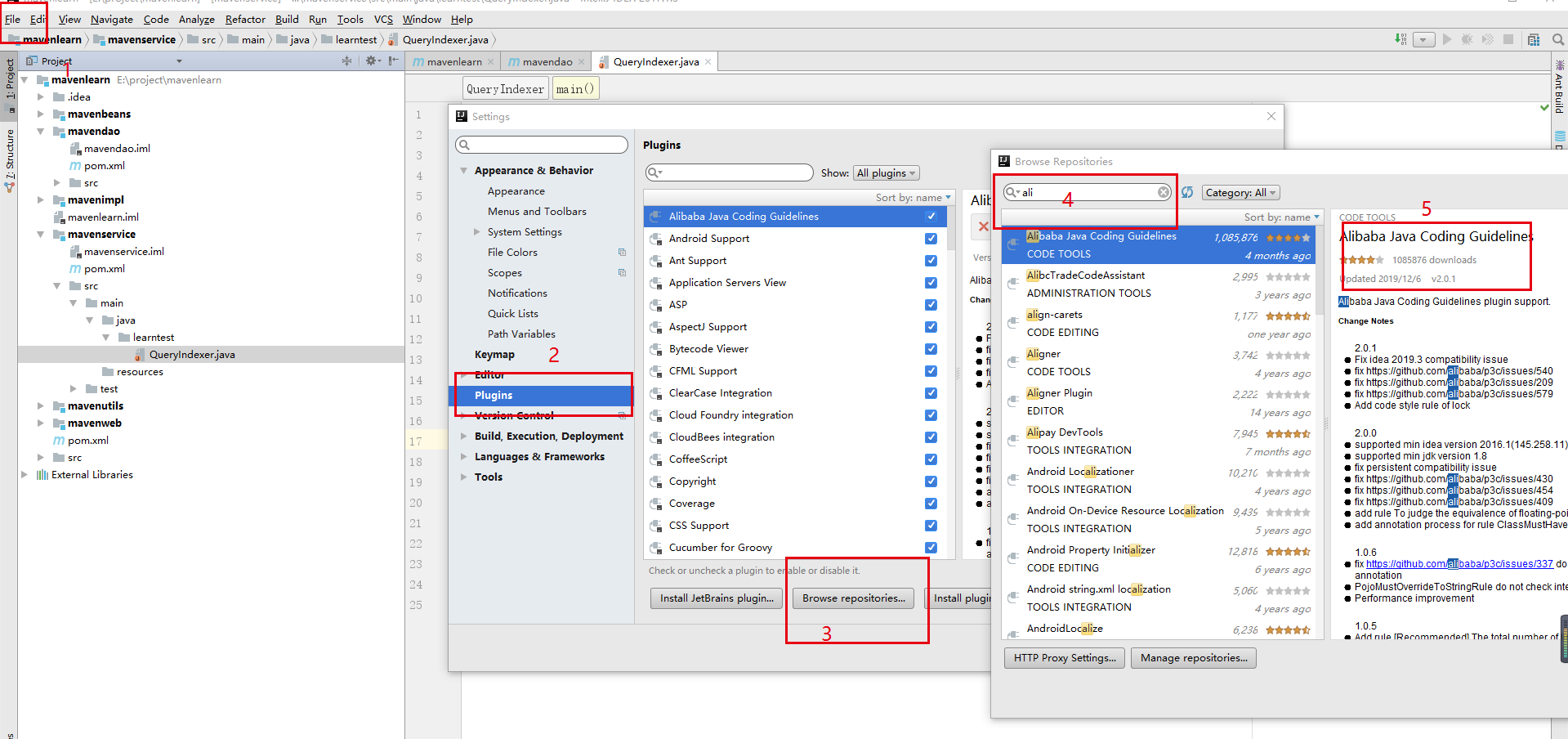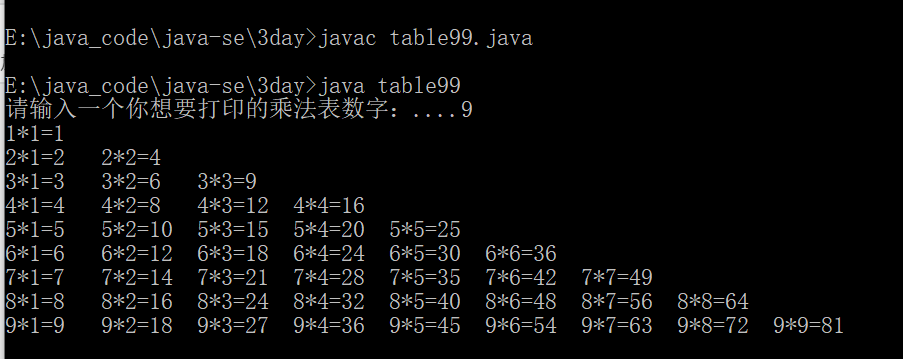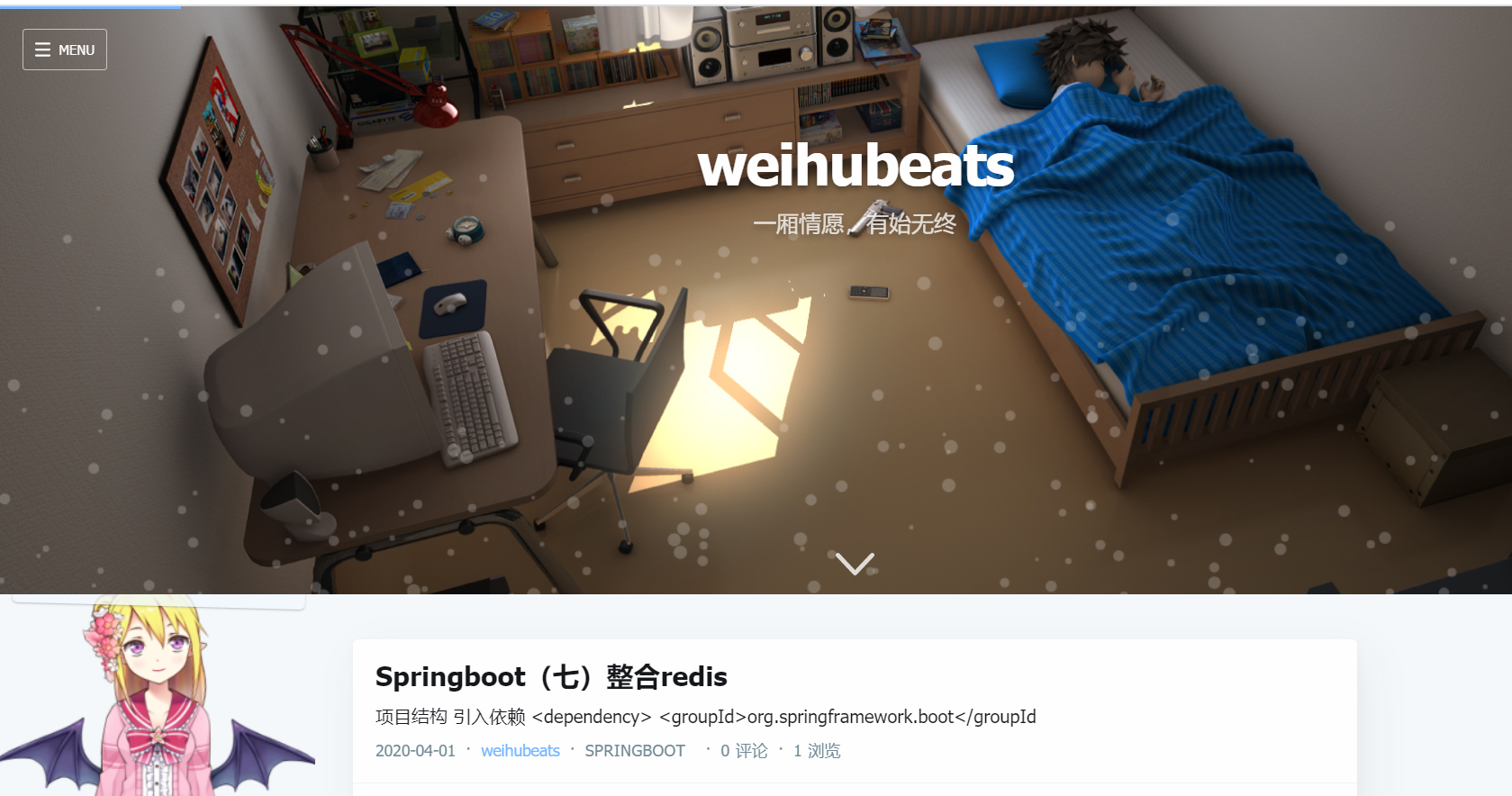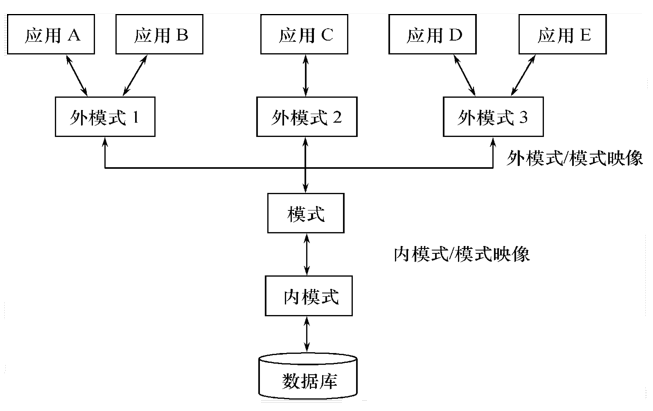JAVA的序列化与反序列化(一)
序列化
序列化是一种对象持久化的手段。通常我们在jvm平台创建对象。但是仅仅当jvm正在运行时,对象才会存在。也就是说,当java运行停止之后,这个对象所保存的信息也就消失了。那么当我们需要保存一个java对象的信息,并需要的时候又可以把他取出来。java的序列化就可以帮我们实现。
我们对Java对象进行序列化的时候,会把其状态保存为一组字节,当我们需要的时候,又将其取出来。必须注意地是,对象序列化保存的是对象的”状态”,即它的成员变量 那么也就是说,对象序列化不会关注类中的静态变量
如何进行序列化
在Java中想要实现序列化很简单 只需要实现一个Serializable接口即可
序列化接口没有方法或字段,仅用于标识可序列化的语义
public class Product implements Serializable {private String name;private double price;private String describe;public Product() {}public Product(String name, double price, String describe) {this.name = name;this.price = price;this.describe = describe;}.....部分代码省略
下面进行序列化和反序列化操作
所需要用到主要类有:
ObjectOutputStream
ObjectInputStream
/** * @author hao * @create 2019-09-03 ${TIM} * //测试java对象的序列化 与反序列化 */public class SerialazableDemoTest1 {public static void main(String[] args) {Product product = new Product("电视机",3900.00,"这是一台高清");System.out.println("序列化之前"+product);// 序列化ObjectOutputStream out = null;try {out = new ObjectOutputStream(new FileOutputStream("D:\\a\\tempFile"));out.writeObject(product);} catch (IOException e) {e.printStackTrace();}finally {if (out!=null){try {out.close();} catch (IOException e) {e.printStackTrace();}}}//反序列化ObjectInputStream in = null;Product pro = null;try {in = new ObjectInputStream(new FileInputStream("D:\\a\\tempFile"));//反序列读取pro = (Product) in.readObject();} catch (IOException e) {e.printStackTrace();} catch (ClassNotFoundException e) {e.printStackTrace();} finally {if (in != null) {try {in.close();} catch (IOException e) {e.printStackTrace();}}}System.out.println("反序列化之后"+pro);}}输出:序列化之前Product{ name='电视机', price=3900.0, describe='这是一台高清'}反序列化之后Product{ name='电视机', price=3900.0, describe='这是一台高清'}
然后我们进入序列化的文件夹 如图所示:

这个文件也就是我们序列化对象之后的文件。
我们使用ObjectOutputStream和ObjectInputStreamwriteObject方法把一个对象进行持久化。再使用ObjectInputStream的readObject从持久化存储中把对象读取出来。当我们不想序列化某个字段时 使用transient关键字,标识该字段
总结:
1、如果一个类想被序列化,需要实现Serializable接口。否则将抛出NotSerializableException异常。(至于为什么将在下一篇文章中介绍)



































还没有评论,来说两句吧...